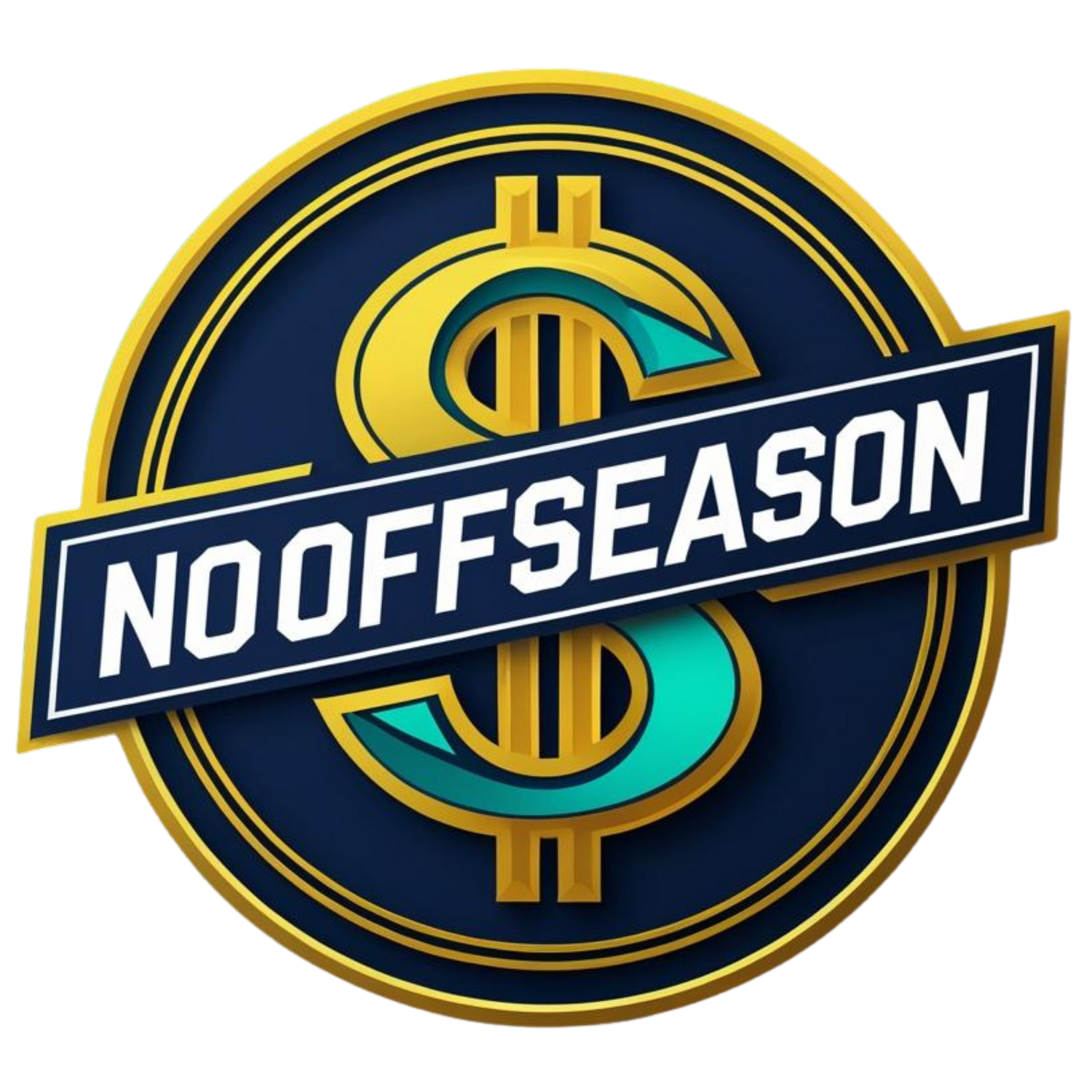From Opening Line to Kickoff: Tracking 2025 NFL Odds Changes
The 2025 NFL season is already shaping up to be one of the most closely watched in recent years, not just on the field but also in the betting markets. Every week, oddsmakers release opening lines that spark immediate reaction from sharp bettors and fans alike, and those numbers continue to shift right up until kickoff. Here’s how to track those changes.
Identify the Opening Line
The opening line is the very first point spread, moneyline, and total that sportsbooks release for a game. This number often reflects oddsmakers’ initial projections, adjusted by power rankings, past matchups, and anticipated public perception. Since opening lines are the groundwork for all movement, noting them down is the first critical step in tracking odds changes.
Different sportsbooks may post slightly different openers, so it’s important to compare across multiple platforms to establish a consensus. A good starting point is checking pro football odds at major operators like FanDuel, whose opening lines draw both sharp money and heavy public action. Because of their market influence, these odds often set the tone for how other sportsbooks adjust.
Additionally, record the exact date and time when these lines open. The timing matters since early moves can often be attributed to professional bettors (“sharps”) who quickly identify mispriced numbers. Having this initial benchmark allows bettors to measure how much influence public betting, injuries, or sharp money has on the line as it progresses toward kickoff.
Log Early Line Movement
The first 24–48 hours after a line opens are some of the most telling. This is when sharp bettors and oddsmakers essentially “test” the number. Sportsbooks release opening lines based on their models, but as soon as those odds hit the market, professional bettors quickly respond. Sportsbooks, in turn, adjust the line to limit their exposure.
In other words, the first movements are usually driven by sharp money rather than casual bets. Logging these early shifts in spreads, totals, and moneylines helps bettors see whether professionals agree or disagree with the opening line. These initial adjustments often reveal where oddsmakers may have miscalculated and how the market is correcting the number.
To log effectively, bettors can use either a spreadsheet or rely on line-tracking tools provided by sites. For each adjustment, make a note of the new odds, the time of the change, and if possible, the reported reason (such as heavy betting on one side). Over time, this record reveals whether early movement was a blip or part of a larger trend.
Monitor Public Betting Percentages
Another factor that influences the line is the general public. To check this, track the percentage of bets placed on each side. Many sportsbooks and betting analytics platforms provide “betting splits” that show what percentage of tickets (number of bets) and what percentage of money (amount wagered) are backing each team.
These splits help explain the psychology of line movement. Say, if 70% of tickets are on a favorite but the line shifts toward the underdog, it usually means sharper, larger bets are coming in on the other side. Public bettors tend to favor favorites and overs, often inflating those numbers, so sportsbooks may move lines in the opposite direction to balance liability or even to align with sharp money.
Monitoring these percentages helps bettors anticipate when oddsmakers might move lines and why. If the public is heavily leaning one way but the line refuses to budge, it often means sportsbooks are comfortable taking on that risk, usually a sign that sharps agree with the book’s position. In contrast, rapid adjustments against public trends suggest professional money is shaping the market.
Follow Line Movement Close to Kickoff
The final 24 hours leading up to a game are often the most dramatic in terms of odds changes. This is when sportsbooks react to late-breaking information such as injuries, player availability, final weather forecasts, or even a flood of public money right before kickoff. Since betting volume peaks during this window, lines can swing rapidly, sometimes within just minutes of new updates becoming public.
The most important number to record during this stage is the closing line, which represents the final odds available before the game begins. Closing lines are widely considered the most accurate and efficient reflection of the betting market’s consensus expectation. This comparison shows whether oddsmakers had it right from the start or whether the market corrected itself in meaningful ways.
Another tip is to pay attention to sudden “steam moves”. These moves often happen quickly across multiple sportsbooks at once and signal that professional bettors are taking a strong stand. Logging where and when these late surges occur gives insight into how the smartest money views the matchup and helps spot recurring patterns that can be applied in future weeks.
How 2025 NFL Odds Will Move
The 2025 NFL schedule, weekly updates, and early predictions will all shape how betting odds move throughout the season. Prime-time games and divisional matchups often see the biggest swings, while injury reports and weather updates push lines closer to kickoff. Following these shifts helps bettors understand not just where odds are headed but also how market expectations evolve.
